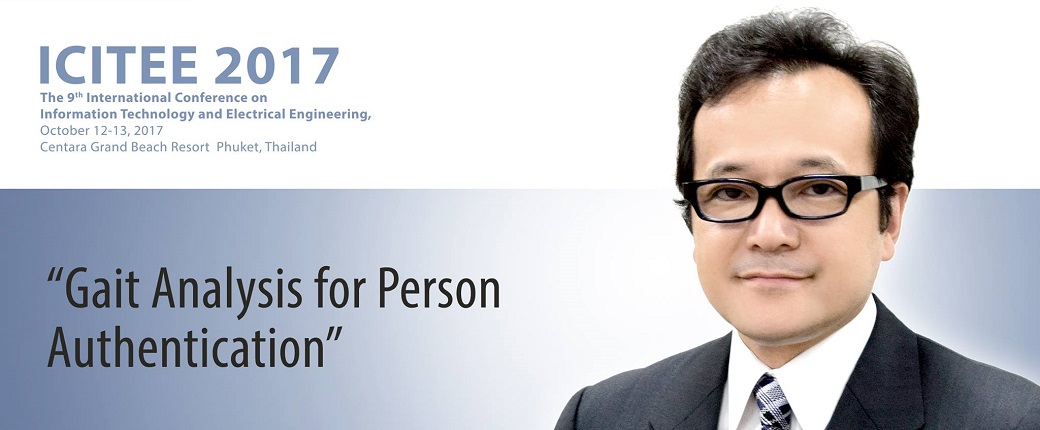
Yasushi Yagi
Osaka University
Abstract
We have been studying human gait analysis for more than 10 years. Because everyone's walking style is unique, human gait is a prime candidate for person authentication tasks. Our gait analysis technologies are now being used in real criminal investigations.
We have constructed a large-scale gait database, and proposed several methods of gait analysis. The appearances of gait patterns are influenced by changes in viewpoint, walking direction, speed, clothes, and shoes. To overcome these problems, we have proposed several approaches using a part-based method, an appearance-based view transformation model, a periodic temporal super resolution method, a manifold-based method and score-level fusion. In this talk, I briefly introduce an overview of our gait analysis technologies and show the efficiency of our approaches by evaluating them with our large gait database.
Biography
Yasushi Yagi is the Executive Vice President of Osaka University in 2015. He received his Ph.D. degree from Osaka University in 1991. In 1985, he joined the Product Development Laboratory, Mitsubishi Electric Corporation, where he worked on robotics and inspections. He became a research associate at Osaka University in 1990, a lecturer in 1993, an associate professor in 1996, and a professor in 2003. He was the director of the Institute of Scientific and Industrial Research at Osaka University from 2012 to 2015.
The studies in his laboratory focus on computer vision and media processing including basic technologies such as sensor design, and applications such as an intelligent system with visual processing functions. Some of our major research projects are: the development of a novel vision sensors such as an omnidirectional catadioptric system; biomedical image processing such as endoscope and microscope images; person authentication, intention, and emotion estimation from human gait, and its applications to forensic and medical fields; photometry analysis and its application to computer graphics; an anticrime system using a wearable camera; and 3D shape and human measurement using infrared light.
He is a member of the Editorial Board of the International Journal of Computer Vision, the Editor-in-Chief of IPSJ Transactions on Computer Vision & Applications and the Vice-President of the Asian Federation of Computer Vision Societies. He is a fellow of IPSJ and a member of IEICE, RSJ, and IEEE.